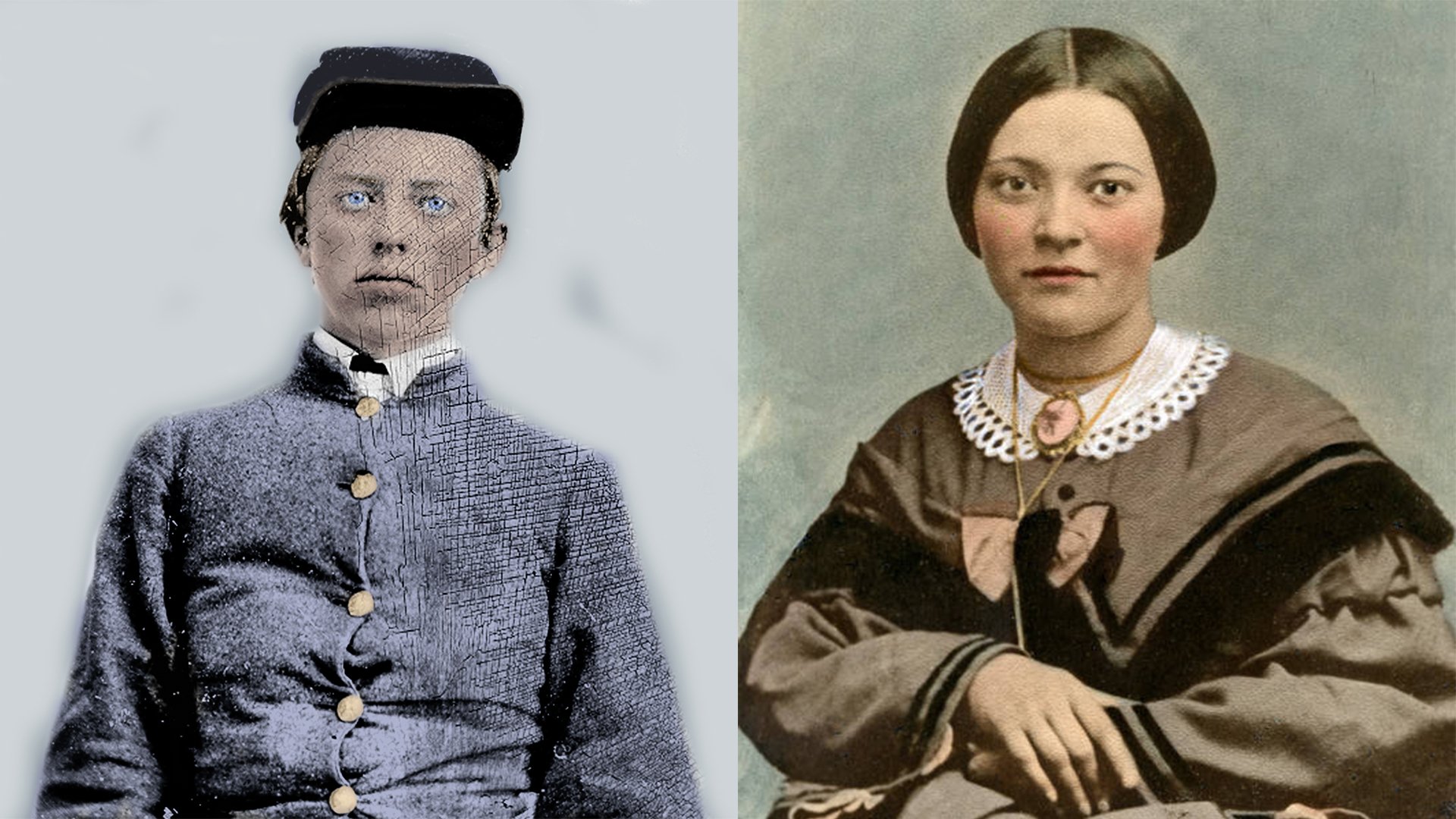
People
Learn about the Civil War in the Valley from the stories of the men, women, soldiers, and civilians that lived through it
Nathan Kimball
Colonel (USA)
November 22, 1822 — January 21, 1898
With the outbreak of the Civil War in 1861, Kimball again volunteered his services to Indiana and raised a company of infantry. Governor Oliver Morton named him the Colonel of the 1,143-man 14th Indiana Infantry on June 7, 1861. He led his regiment in the campaigns in western Virginia, seeing his first combat at the Battle of Cheat Mountain in the autumn.
In March 1862, he fought in the Shenandoah Valley, commanding a brigade at the Battle of Kernstown. On the second day of the fighting at Kernstown, he temporarily assumed command of the division of wounded Brigadier General James Shields, and then pushed back Stonewall Jackson in a successful counterattack. It was one of the first repulses that Jackson had suffered. In recognition of Kimball’s performance, he was promoted to brigadier general on April 16, 1862. With the victory at Kernstown, Kimball had now participated in early Civil War defeats of both Robert E. Lee and Thomas J. Jackson.
In July 1862, Kimball led his regiment, the 8th Ohio Infantry, and the 7th West Virginia Infantry to join the Army of the Potomac. After adding the 4th Ohio Infantry to his brigade, Kimball was briefly stationed in Fort Monroe before covering John Pope’s retreat from the Second Battle of Bull Run on September 1. During the subsequent Maryland Campaign, Kimball commanded the First Brigade of William H. French’s third division in the II Corps. His men formed the right of the division during its series of assaults on the Sunken Road at the Battle of Antietam, losing over 600 men killed or wounded. Despite the severe losses, the men held their ground and eventually pushed aside the Confederates in their front, capturing 300 men and several colors. Kimball’s brigade became known as the “Gibraltar Brigade” for their steadfast ability to withstand enemy fire.
In December, his men were part of the desperate assaults ordered by Ambrose Burnside against Marye’s Heights during the Battle of Fredericksburg. There, Kimball suffered a painful thigh wound that put him out of action for the winter and spring of 1863. The Gibraltar Brigade was subsequently turned over to Col. Samuel S. Carroll. In early 1863, Kimball was nominated to run for the Lieutenant Governor of Indiana, but he declined the nomination to remain in the army.
After finally recovering enough for field command, Kimball was assigned to duty in the Western Theater, reporting in June 1863 to Corinth, Mississippi, where he assumed command of a division in the XVI Corps. His was one of three divisions in that corps that were ordered to Mississippi in to join the Siege of Vicksburg, although they arrived too late to participate in much of the actual fighting. In September, the greater part of Kimball’s division was ordered to Arkansas, where it became incorporated in the VII Corps. He commanded the rear echelon in the Camden Expedition.
In April 1864, Kimball was relieved of duty in the Department of Arkansas and ordered to report to William T. Sherman, who became a close personal friend. Kimball was on detached duty under Sherman until May 1864, when he was given command of a brigade in the IV Corps at the beginning of the Atlanta Campaign. Following the Battle of Peachtree Creek in July, Kimball assumed command of a division in the same corps.
He returned to Indiana at Governor Morton’s request to help subdue the Knights of the Golden Circle in that state, then returned to active field duty in the late fall, serving as a division commander in the battles of Franklin and Nashville. He received a brevet as a major general February 1, 1865, and mustered out of the army on August 24, 1865, following the close of the war.

